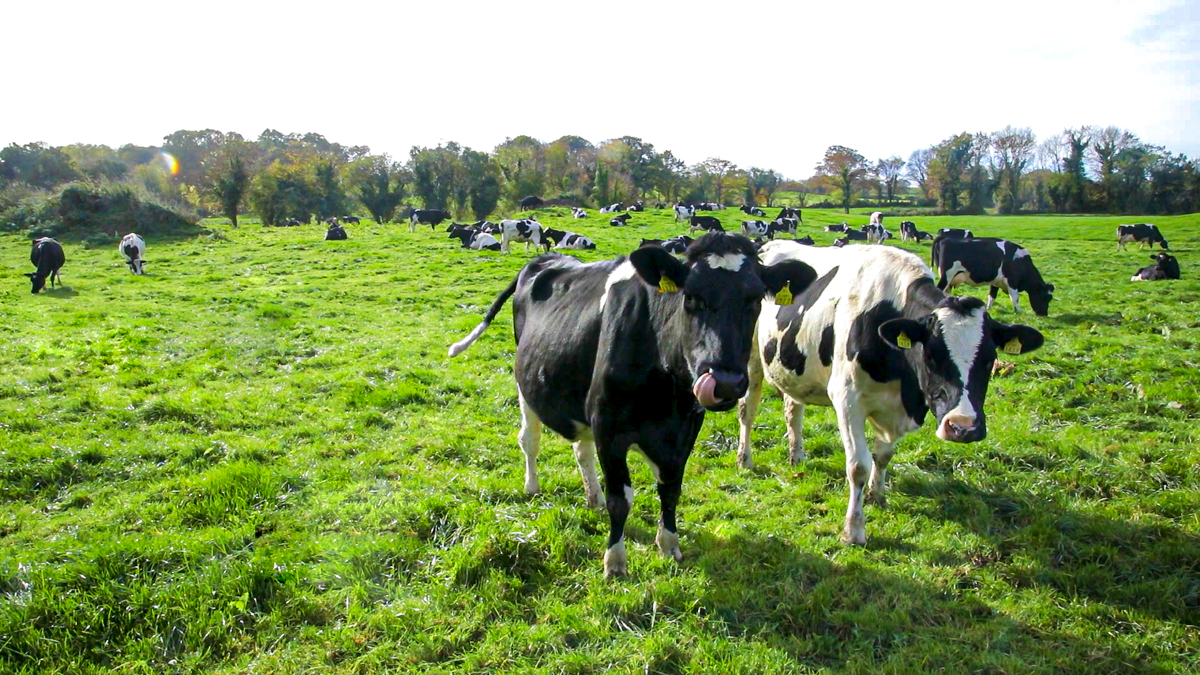The number of registered milk-producer contracts in the 2020/2021 milk year decreased by 14, or 1%, to 1,324 registered producers, according to the National Milk Agency annual report for 2021.
This marks a 60% reduction in contracts since the agency was established in 1995 when that number stood at 3,344.
Of those registered, 1,184 were all-year-round (AYR) contracts – down 11 on the previous year – and 140 winter contracts – down three on the previous year.
Registered producers are a specialist group in Ireland’s milk-production structure. They are contracted to supply milk for processing for liquid consumption on an all-year-round basis or for the winter months only, the report stated.
AYR contracts represented 89% of contracts and 99% of milk supplies, while winter contracts represented 11% of contracts and 1% of milk supplies in the 2020/2021 milk year.
These registered producers accounted for 8% of all milk producers in the state, and had annual milk supplies of 916 million litres in 2021 – equivalent to 10% of domestic milk supplies.
The annual milk supplies of registered producers grew by 3% with increased seasonal supplies from spring calving.
A total of 261 producers, or 20% of registered producers, supplied 49% of the all-year-round supplies of milk for processing for liquid consumption in 2020/21.
In the five prescribed months from October 2021 to February 2022, the total milk supplies of registered producers amounted to 298 million litres, which was an increase of 1 million litres on their total milk supplies in the prescribed months of 2020/21.
According to the report, the margin of safety of total milk supplies of registered producers over total consumption of fresh milk (including packaged and bulk milk imports) in the prescribed months was 128%, compared with 133% in the previous year.
The margin of safety of total milk supplies of registered producers over sales from registered supplies only, was 176% compared with 183% in the previous year.
Registered producers had more than sufficient milk supplies to satisfy the total fresh milk market requirements in the winter months, even if all imports ceased.
Outlook for 2022
All-year-round milk-production costs are predicted to rise by 37% in 2022 – or 11c/L – when compared to 2021, according to the agency’s annual report.
Milk production costs in the Irish dairy sector, both for seasonal and all-year-round milk supplies, will be sharply impacted by the dramatic rise in the prices of fertiliser, animal feed, contractor services, and energy as a consequence of the Russian invasion of Ukraine.
However, the report states that the outlook for global dairy markets in 2022 is still positive. Strong demand and weaker milk supplies will result in rapid increases in dairy product and producer milk prices, both globally and nationally.
Own label
In 2021, the report states, just over 70% of Irish fresh milk sales were ‘own label’.
In the same year, 2L own-label cartons of milk were discounted by an estimated 27% when compared to processors’ brands.
The market for fresh milk contracted by 1% to 563 million litres last year.
The three largest multiples had a 70% share of the Irish grocery market in 2021, and the five largest multiples had a market share of 95%, which was the same as the previous year.
Discount retailers that continued to open new stores had a market share of 25% in 2021, and are among the main retail channels for packaged fresh milk imports,. However, they also sourced substantial supplies of packaged milk from registered processors.
Sales of fresh milk through the retail channel, which accounted for 80% of all fresh milk sales, were static in 2021; sales of registered milk decreased by 10 million litres; while sales of packaged imports increased by 10 million litres last year.
Sales through the foodservice channel, which accounted for 14% of total milk sales were static; sales of registered milk decreased by 5 million litres while sales of imported milk increased by 5 million litres.
Sales of registered milk through the doorstep delivery channel, which accounted for 6% of fresh milk sales, decreased by 3%.
